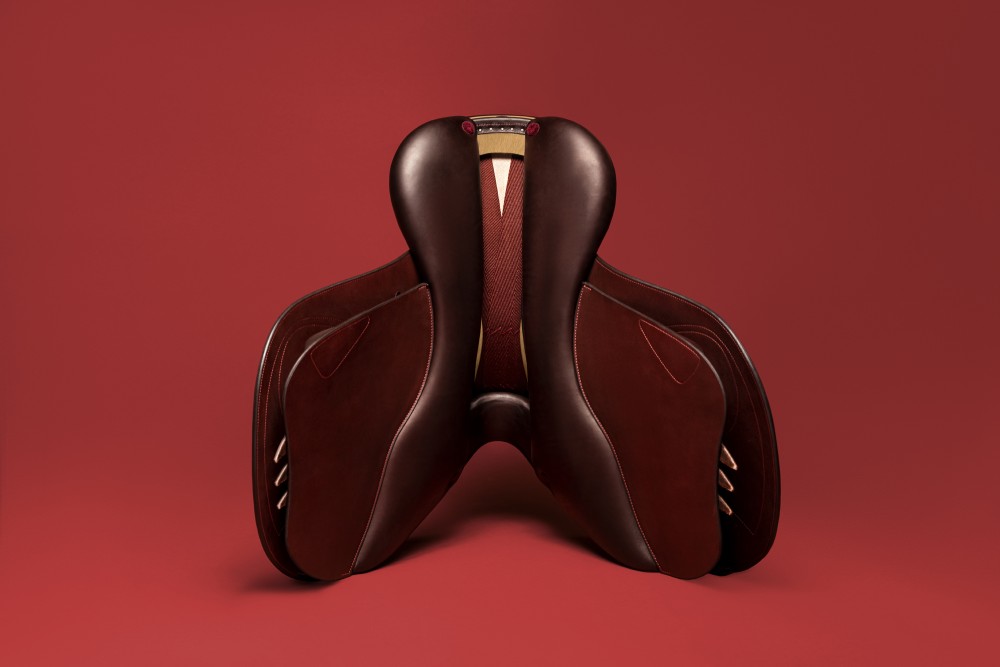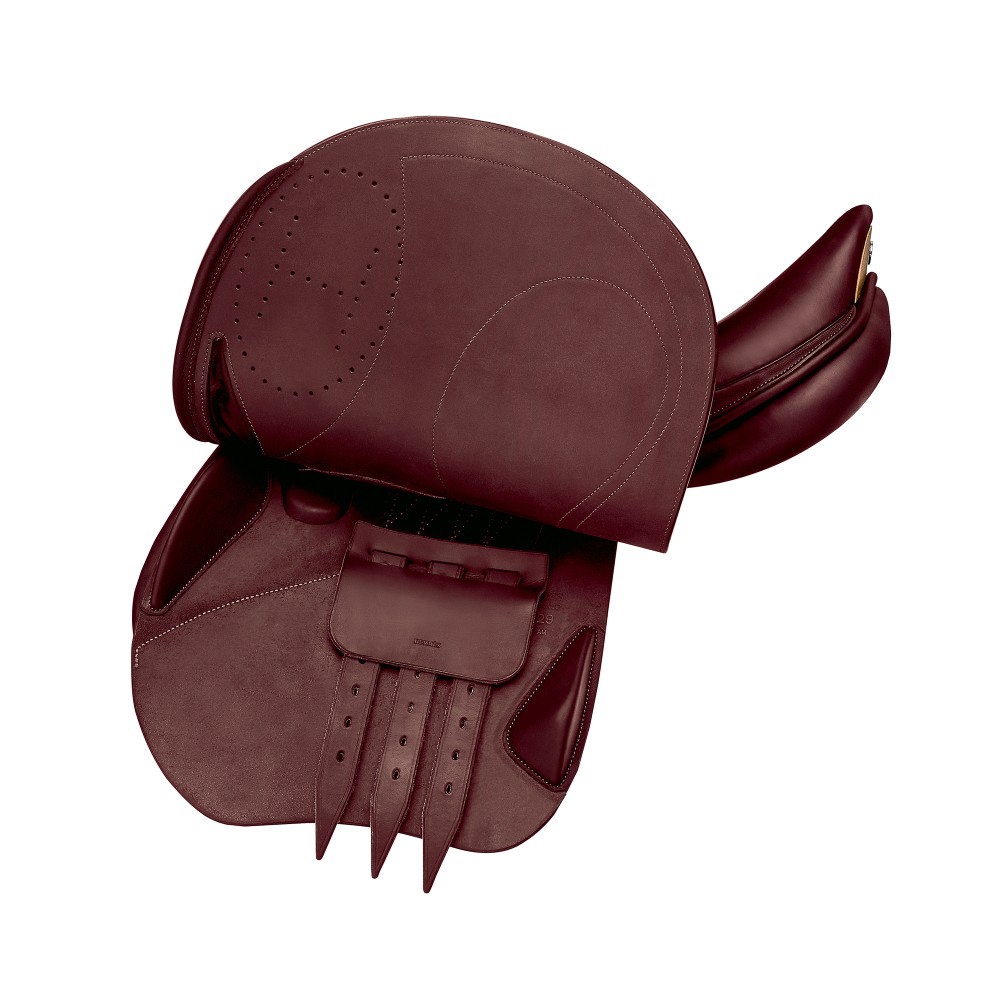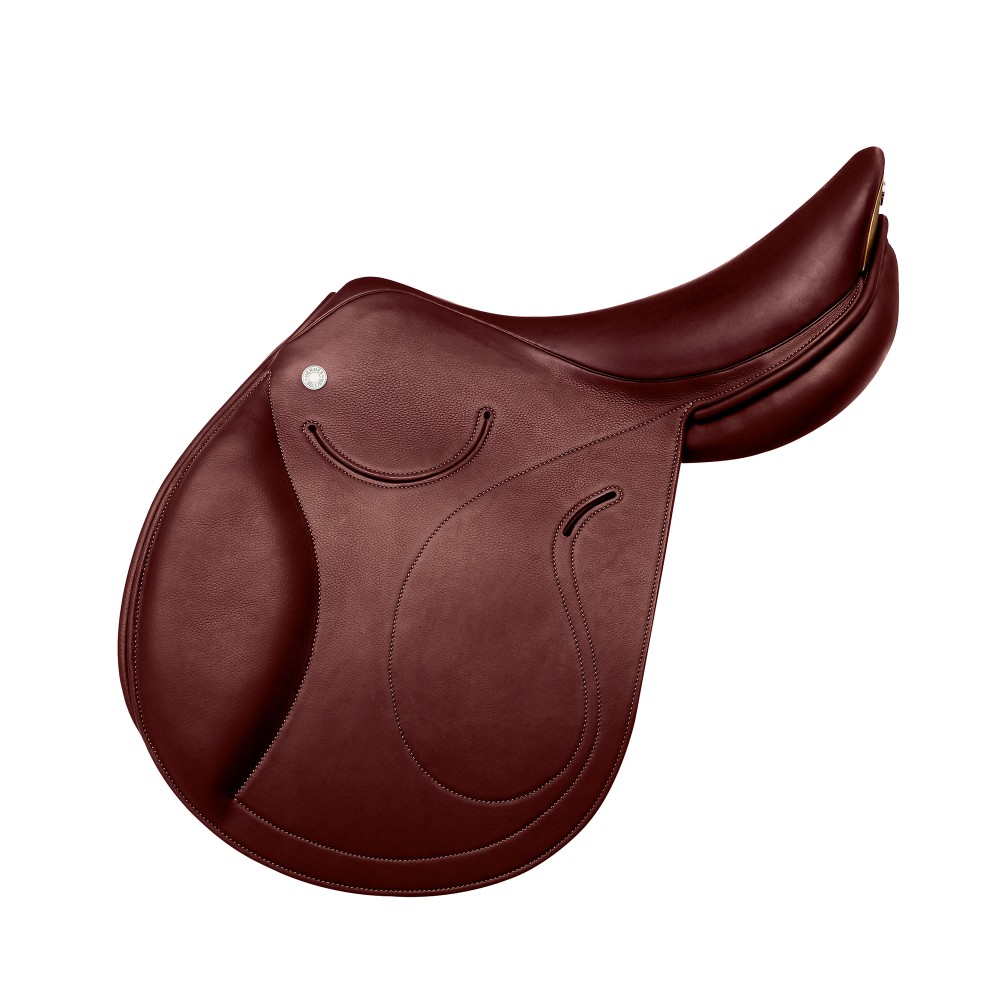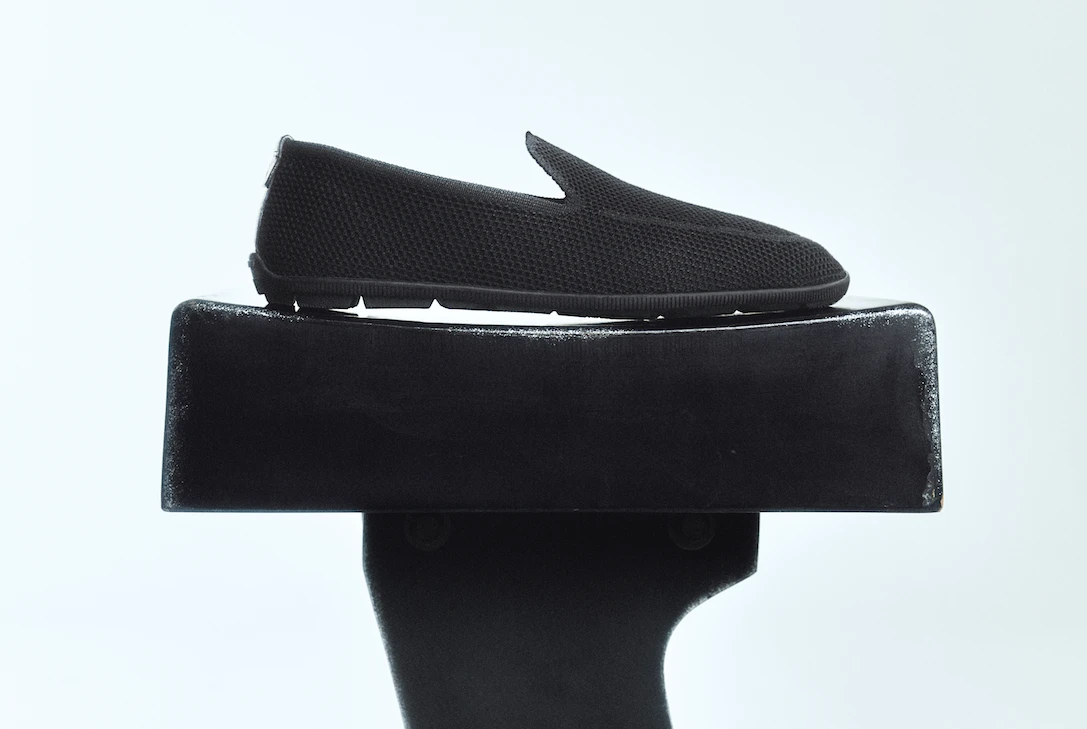Saddle up, Hermès offers a stylish ride
Apr 07, 2022
Introducing a new line of saddle while flexing their innovative muscle, Hermès announces the Selle Rouge (Red Saddle) for the avid, stylish and discerning equestrian
When we hear the name Hermès, their oh-so-highly-desired handbags come to mind first – not saddles per se. But the brand’s almost two-century affair with the equestrian world begs to differ. The Maison and its craftsmen have upped their game when it comes to designing this sporty “accessory”. The Selle Rouge is their latest saddle offering created for show jumping and working on the flat.

The new design comes with “deep seat” while “the slender fork of its tree, recessed blocks, and skirt [are] incorporated into its flaps”.
They take their inspiration from the animal itself. “My first point of contact is the horse,” says François Boissinot, saddle expert and saddle development adviser. “I say hello to him, I observe him, I study his character, his temperament, his musculature, his mobility… This gives me insights into his health, and any illnesses or conditions. We look at what can be improved and harmonised… If the horse is comfortable, the rider will be too.”
Beauty inside out
There are always challenges when engineering closeness, balance, stability, comfort and safety. One improvement is in the seat depth to ensure a more comfortable position. The saddle tree – with origins in dressage – benefits from a slender fork with an optimised design. They also made the saddle as light as possible by incorporating the skirt into the flaps and recessing the blocks to avoid any superfluous thickness from hampering with movement.
Three years of tests reinforced their belief that wood remains the best material for the saddle tree. Namely, beech wood. The suppleness of its wood has great ability to absorb shock while providing comfort. The added bonus is that it is also recyclable.
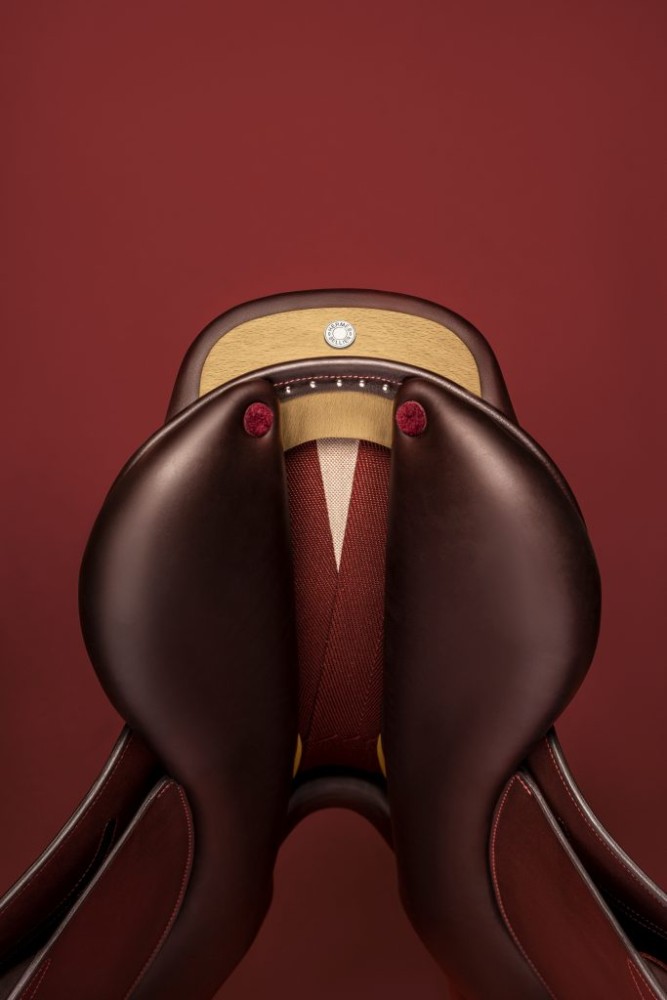
Also see: Oscars 2022: Best-dressed on the red carpet
An Eco-Responsible Saddle
The Maison has selected skins from a sustainable and carefully controlled supply line in France. The same place where they then also undergo a principally vegetable tanning process. Everything is manufactured in the Hermès workshops. From the design of the saddle to its artisanal production by a single artisan to its aftercare.
A 185-years affair
Horses have been at the heart of Hermès and at the core of the foundations of the house’s craftsmanship since 1837.
The brand asserts, “It was for horses that the first harnesses were created to be light and respectful of the animal – an innovative approach for the time. To promote the horse’s comfort and harmony with the rider, saddles were created from 1910 onwards specifically for the different equestrian disciplines.”
The Selle Rouge is the latest in a line of models that have left a mark in their era. In the late 1960s, the first close-contact saddle, the Steinkraus, was designed for the American Bill Steinkraus. In 2013, the Hermès Cavale, developed with partner rider Simon Delestre, was unveiled. Six years later, it was succeeded by the Hermès Cavale II, the first saddle with a seam-free seat suitable for riding out of the saddle.
The house has relied on the experience of a team of French and foreign partner riders from the three Olympic disciplines. In 2016, the similarly innovative Hermès Arpège with its extra-deep seat was developed for dressage with rider Jessica von Bredow-Werndl, followed by the Hermès Vivace saddle, presented in 2019 and now adopted by Astier Nicolas, double medal-winner in Rio.
Today, the Selle Rouge, was developed with Hermès’ Belgian partner rider and Olympic medallist Jérôme Guéry.
Also see: How to dress stylishly for the races



























